Categories

Top 10 Best Regression Testing Software & Tools in 2024 (Free + Enterprise)
Regression testing software is an elegant solution to a major issue in software development. You want your product to be as good as possible, which means adding new features and functionalities. But what happens when code updates lead to unintended consequences and instability? Enter regression testing. This article will take a detailed look at some of the...

Top 10 Best Performance Testing Tools & Software in 2024 (Free + Enterprise)
Software performance testing tools, frequently shortened to “perf testing tools” by industry specialists, are a critical part of a comprehensive approach to software testing. These tools help testers verify how their software responds to the load and stress they will face in the real world by simulating what happens when people use your product....
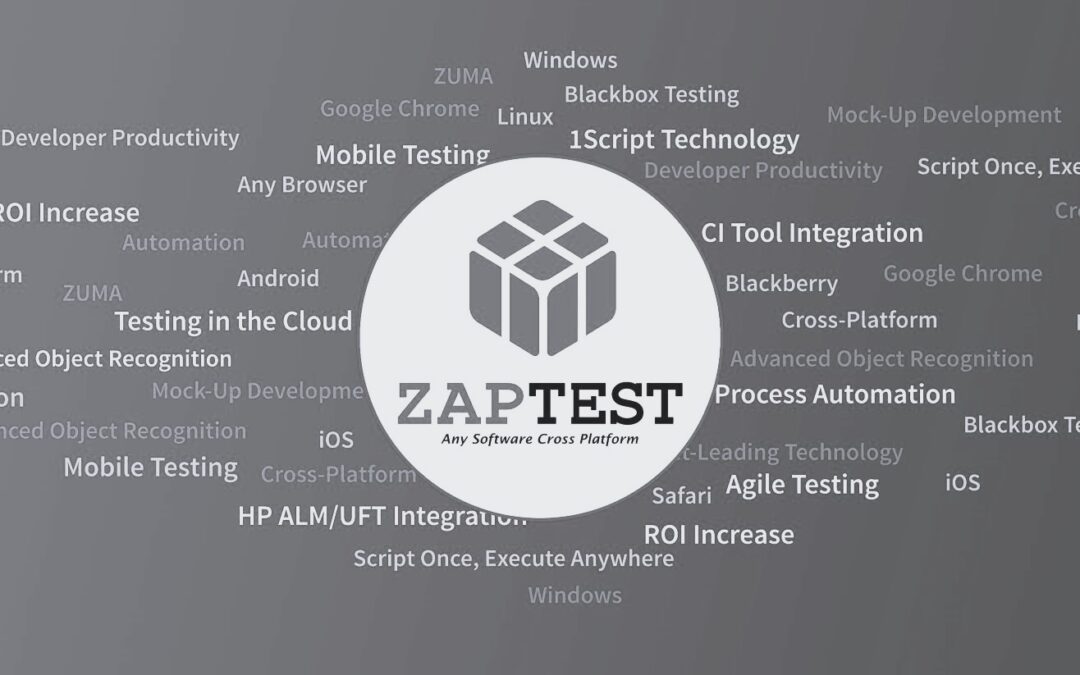
Software Testing Tools – Top 30 Best Software Testing Products on the Market in 2024
No one ever said that software development is easy. But competing in the current crowded market is getting more challenging with each passing year. Product managers are feeling the heat to get applications to market as soon as possible but without compromising on product quality assurance. As a result, quick and efficient software testing software has a...

ETL Testing – Deep Dive into What is It, Types, Process, Approaches, Tools, & More!
Extract Transform Load testing — most commonly referred to as ETL testing — is a critical tool in the world of modern business intelligence and data analytics. Teams must collect data from disparate sources so that they can store them in data warehouses or prepare them for their business intelligence tools to assist in quality decision-making or insights....

Test Plan Components in Software Testing
A test plan in software testing is a document that outlines everything you need to verify for a comprehensive release. These documents help guide teams through the software testing life cycle, ensuring they have the time and resources required for solid testing. In this article, we’ll teach you what a test plan in testing is, why they’re important, how to...

Comparison Testing – What is It, Types, Process, Approaches, Tools, & More!
Software product development is a crowded marketplace. A large part of the success of any application comes from how it stacks up against similar software. There are lots of determining factors, like price, features, and performance, that lead potential customers to use one product over the other. Development teams must be aware of these differences and...

Boundary Value Analysis in Software Testing – What is It, Types, Process, Approaches, Tools, & More!
Boundary value analysis — typically shortened to BVA — is a commonplace black box testing technique. The approach tests for software defects by verifying input values on the boundaries of allowable ranges. This article will explore what boundary analysis testing is, why it’s useful, and explore some different approaches, techniques, and various boundary...

What is Dynamic Testing in Software Testing
Dynamic testing in software testing is a valuable software testing technique that involves executing application source code and observing how it behaves during runtime. While many testing teams use static testing to catch issues early, dynamic testing is used to validate functionality, assess performance, and catch issues that static testing will not...

What is Static Testing in Software Testing
Static testing is a widely used software testing technique that looks for defects in software without executing code. It forms part of an early defect detection approach and typically occurs at the early stages of the software development lifecycle (SDLC). In this article, we’ll explain what static testing in software testing is and why it’s important...

Equivalence Partitioning in Software Testing – What is It, Types, Process, Approaches, Tools, & More!
Equivalence partitioning in software testing is a black-box testing technique that helps you build efficient test cases without compromising on test coverage. In this article, we’ll look at what equivalence class partitioning is, why it’s useful, and explore some of the processes and approaches you can use to unlock the benefits of this technique. ...

QA Testing – What is It, Types, Processes, Approaches, Tools, & More!
Software quality assurance is a process that helps development teams ensure the quality of their software before it is released. While QA and testing have many similarities, Quality Control (QC) and software testing can be seen as subsets of Quality Assurance. In this article, we’ll explain what QA testing is, how it relates to other types of software...

Negative Testing in Software Testing – What is It, Types, Process, Approaches, Tools, & More!
Negative testing in software testing is a technique that verifies how your application reacts to unexpected behaviors or invalid data. This type of testing can help Quality Assurance teams improve the robustness and stability of their software by hunting down exceptions that cause freezes, crashes, or other unwanted outcomes. In this article, we’ll explore...

Monkey Testing – A Deep Dive into What is It, Types, Process, Approaches, Tools, & More!
Most types of software testing use a carefully defined test plan to ensure coverage. However, while these parameters cover many of the eventualities of using a piece of software, they won’t always mimic the behavior of a user who is not familiar with the application and is simply trying to interact with it in an exploratory way: Enter monkey testing. In...

Incremental Testing In Software Testing – A Deep Dive into What is It, Types, Process, Approaches, Tools, & More!
Incremental testing in software testing is a methodology that allows teams to break down individual modules, test them in isolation, and integrate them in stages. It helps find defects early, reduces complexity, and increases test coverage. This article will take a deep dive into incremental testing, explain what it is, and explore the different types,...

Accounts Payable Automation – Case Studies, Examples, Benefits & Challenges of AP Automation
Robotic Process Automation in accounting has developed strong and consistent growth in recent years. RPA for accounting software lets teams automate payables to relieve staff from manual, repetitive, and error-prone work and ensure suppliers are paid on time. However, there are several other big benefits for businesses too, including regulatory compliance,...

Robotic Process Automation (RPA) in Insurance – Case Studies, Examples, Benefits & Challenges
Robotic Process Automation in insurance is on the rise. Like other industries that have a lot of rule-based and repetitive tasks, RPA can help organizations achieve quicker, more cost-effective, and error-free processes that free up existing staff to do more value-driven work. Policy underwriting and claim automation are two of the flagship uses of RPA in...

Robotic Process Automation (RPA) in HR: Case Studies, Examples, Benefits & Challenges in Human Resources
Robotic Process Automation in HR has streamlined operations, driven efficiency, and reduced costs in human resource operations. Additionally, as organizations have embraced the digital workforce, HR automation has provided solutions to a range of problems raised by remote work, such as bridging legacy systems, improving data transfer, and increasing...

Robotic Process Automation (RPA) in Banking & Finance – Case Studies, Examples, Benefits & Challenges
Robotic Process Automation in Banking and Finance is one of the most potent and compelling use cases of automation technology. Trading automation has been widespread since the 1970s and 1980s, but RPA is opening up a different type of mechanization with a greater focus on driving down costs and improving consumer experiences. Banking RPA has also allowed...

Robotic Process Automation (RPA) Market – Size, Share, Growth, Trends & Analysis
During times of great uncertainty across the world of business and the world in general, it’s comforting to have a few constants to rely upon. One of these unchanging factors is the constant growth of RPA. Indeed, as each year passes, the Robotic Process Automation market gets bigger and bigger as the tech is adopted across a variety of different...

The Disruptive Impact of Copilots & Generative AI’s Impact in QA Automation – Present & Future
“This is the single most mind-blowing application of machine learning I’ve ever seen.” Mike Krieger, co-founder of Instagram. The words of Mike Krieger are not hyperbole. While ML is capable of some remarkable things in terms of data analysis and insights, GitHub Copilot is a total game-changer because of the potential utility it can provide product...

RPA Automation in Manufacturing – Case Studies, Examples, Benefits & Challenges
Manufacturing has always been a business of tight margins. However, globalization means competition is fiercer than ever, while supply chain complexity and rising materials costs in the last few years have caused additional unwanted complexity. Throw on top of that an ever-evolving regulatory landscape, and it’s clear that RPA automation in the...

Robotic Process Automation in Healthcare – Case Studies, Examples, Benefits & Challenges
Robotic Process Automation (RPA) has touched a wealth of industries. From Finance to Manufacturing to Accounting, the technology has allowed organizations to improve their productivity and expand the scope of their operations while saving money and reducing human error. Robotic Process Automation in Healthcare has been no different. Healthcare was...
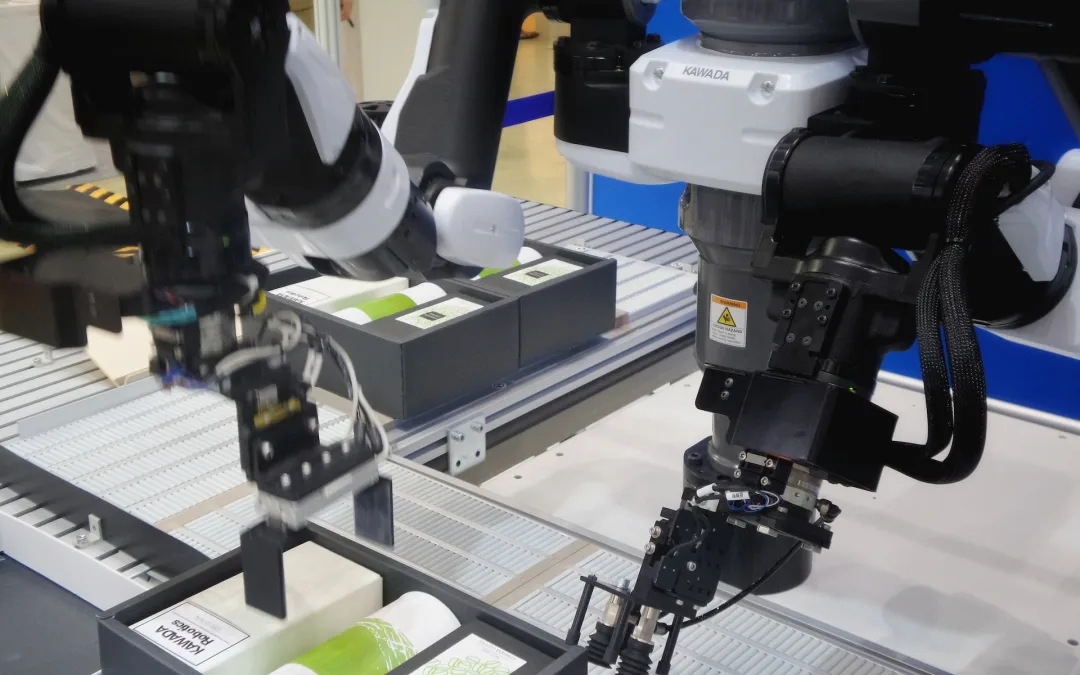
Top 10 Benefits of RPA (Robotic Process Automation)
If you're interested in automation technology, you are probably familiar with many of the flagship RPA benefits already. You may have even read a few industry-specific case studies that demonstrate the transformative powers of automating your business processes. Understanding the more popular benefits of RPA is an excellent starting point. However, the...
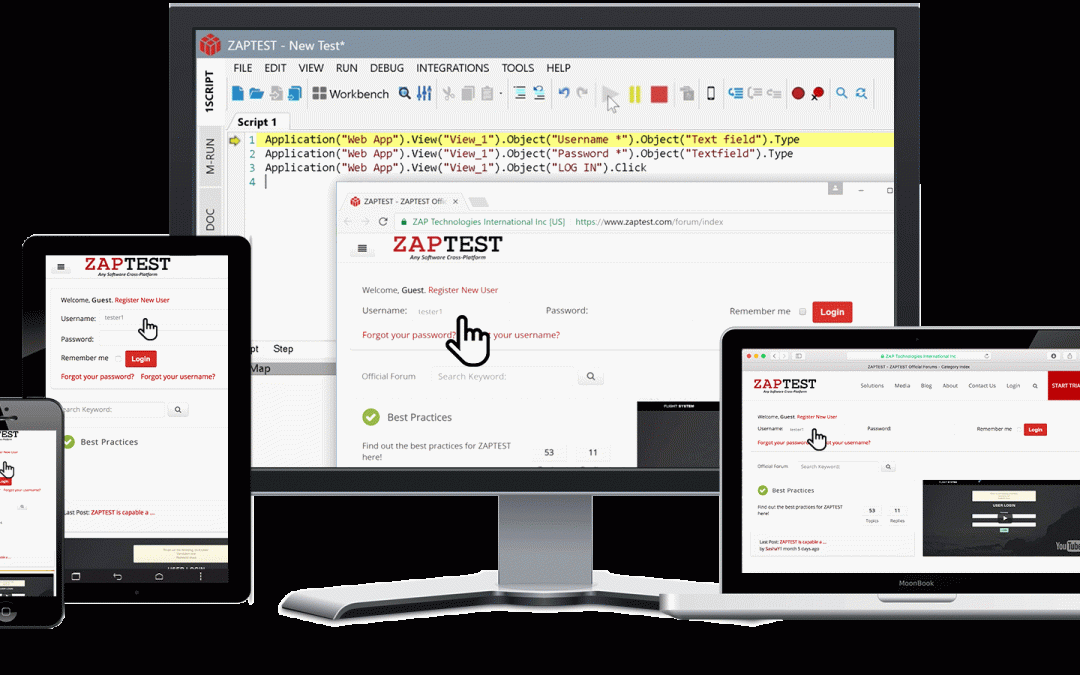
RPA Tools – Top 31 Best Robotic Process Automation Software on The Market
The last decade has seen an explosion of RPA tools as businesses and vendors rush to take advantage of this exciting automation technology. But with so many choices, how do you know which RPA tool is for you? We present a list of the best Robotic Process Automation tools on the market today. Some of these applications are from big, established names...

Agile DevOps Test Automation: The ZAPTEST mockup-based automation approach
ZAPTEST helps developers automate their mockups as early as possible. This feature allows teams to adopt an Agile/DevOps approach during the design stage, allowing them to begin the way they intend to continue. The importance of mockups Mockups are an essential part of great UI/UX design. They’re so much more than just the next step of...

6 Types of RPA (Robotic Process Automation) You Need to Know
Versatility is easily one of the biggest strengths of Robotic Process Automation (RPA). The technology is flexible enough to fit around many different processes and use cases, provided you select the appropriate types of RPA bots for the job. Learning about the different types of RPA can help you decide how to use the tech within your business. This...

RPA Technology – A Review of the Past, Present & Future
Robotic Process Automation technology moves quickly. In just over a decade, this form of business process automation has gone from obscurity to the mainstream. Businesses worldwide use the tech to become more productive while saving money, with near-universal adoption just around the corner. If you’ve ever thought to yourself, “how did we get here?” you’re...

Prompt Engineering in Software Automation
ChatGPT, Bard, and other prominent Large Language Models (LLMs) have dominated our news feeds over the last year. And rightly so. These exciting technologies offer us a glimpse into the future, the power, and the possibilities of AI. While much of the public excitement has centered around creating text, images, and video, these tools can be used for lots...

The Impact of AI in Robotic Process Automation – A Comprehensive Discussion on the Convergence of AI & RPA
Robotic Process Automation is a runaway train. According to Deloitte, the technology will achieve near-universal adoption by 2025. However, just because RPA is dominating the business world, that doesn’t mean it will stop evolving. We are standing at an exciting technological juncture. Advances in AI in recent years have been startling. ChatGPT and other...

RPA vs. AI – Differences, Commonalities, Tools & Intersections/Overlaps
RPA and AI are two exciting and innovative IT applications at the forefront of the digital transformation revolution. Both technologies are reshaping the world of work by augmenting employees and ushering in a new era of productivity. However, while RPA and AI have many similarities and points of crossover, they are distinct tools with their own strengths...

The RPA Lifecycle & Process – 10 Steps to Implementing Robotic Process Automation
According to the 2023 Intelligent Automation Spend & Trends Report, 54% of businesses plan to invest in RPA this year. With 42% of respondents suggesting that they've already invested in RPA, it's fair to say that companies worldwide are waking up to the significant benefits of automation. This widespread adoption makes a lot of sense; what...

Intelligent Process Automation vs. RPA – Differences, Commonalities, Tools & Intersections/Overlaps
In the excellent paper, From Robotic Process Automation to Intelligent Process Automation (Chakraborti, 2020), the author considers how, over the last decade, Robotic Process Automation (RPA) has pushed forward business process efficiency in fascinating ways. However, he suggests we now sit at an "inflection point" within this technological trend, with...

What is RPA (Robotic Process Automation) Software?
Robotic Process Automation (RPA) software describes a suite of tools that allow businesses to automate tasks typically performed by manual workers. If you need a quick primer that answers the question, "What is robotic automation software?" this article is for you. What is RPA software? Robotic Process Automation describes a methodology that...
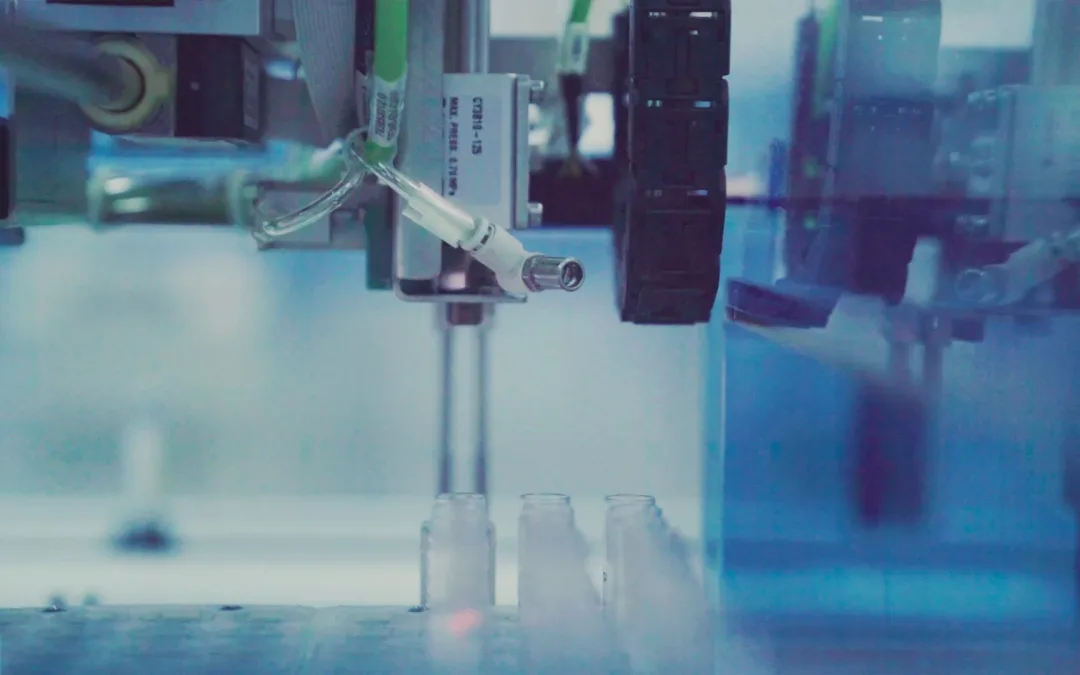
10 Processes, Applications & Operations RPA (Robotic Process Automation) Can Handle and Automate!
A recent report by Research Nester suggests that two-thirds of management tasks will be automated by 2024. Robotic Process Automation (RPA) is a highly versatile software solution that will be instrumental in this transformation of the business world. Firms of every stripe can use RPA to automate a diverse mix of processes, applications, and operations...

Top 15 RPA (Robotic Process Automation) Use Cases by Industry – Finance, Healthcare, HR, Accounting, Manufacturing & More!
Perhaps one of the most intriguing aspects of Robotic Process Automation (RPA) is the software's high level of versatility. Businesses can employ the technology in most areas where humans interact with computers. As industries make strides towards efficiency, RPA use cases grow in volume and diversity. This article will explore the different tasks that RPA...
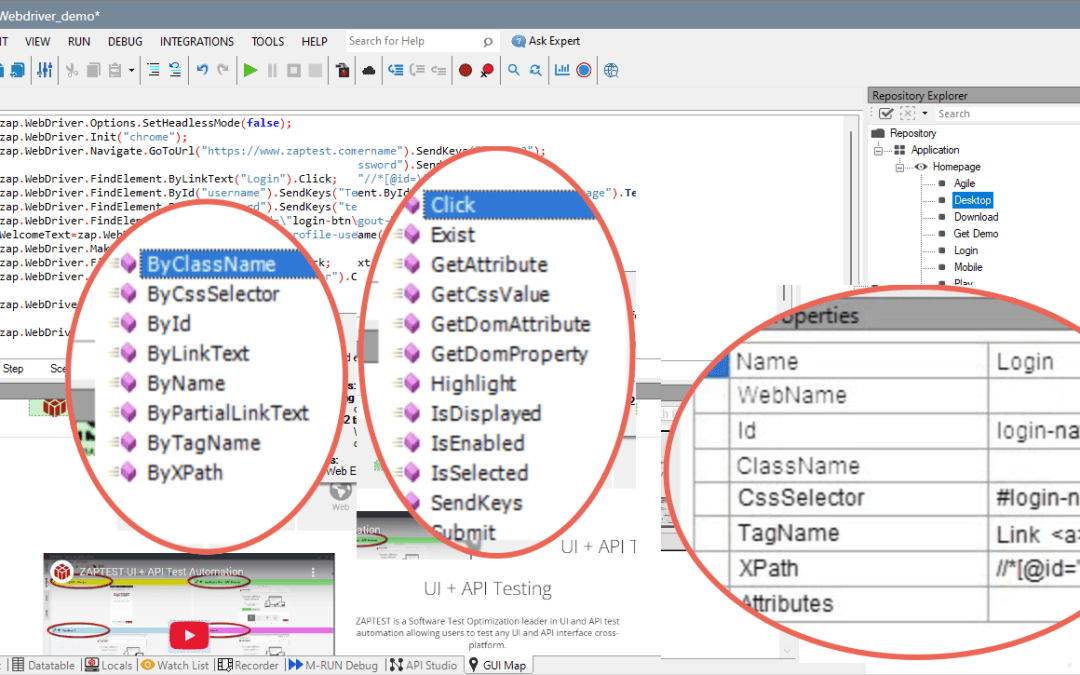
RPA vs. Test Automation – Overviews, Commonalities, Differences & Intersection
Digital transformation is changing the world of work at an incredible pace. It's no exaggeration to suggest that almost every role and industry will be affected by automation. As things stand, many verticals have already changed beyond recognition. Software development is one of the primary industries that stand to benefit from automation. Companies have...

What is RPA (Robotic Process Automation)? Definition, Meaning, Applications, Differences to BPA & More!
Efficiency, cost-savings, and employee satisfaction are high on the agenda for modern business leaders. Robotic Process Automation (RPA) offers a compelling solution to all three problems alongside several other powerful business benefits. This article will explore what RPA means, how it works, and the exciting benefits the technology unlocks for modern...

Soak Testing in Software Testing: What is It, Types, Processes, Approaches, Tools & More!
In the world of software development, quality assurance plays a pivotal role in ensuring that applications perform seamlessly under varying conditions. Amidst the plethora of testing methodologies, soak testing emerges as a crucial practice that validates the stability, endurance, and performance of software systems over prolonged periods. By...

Stress Testing in Software Testing Example
Stress testing in software testing is a type of testing designed to ensure robustness and resilience in applications. It puts software through its paces under extreme conditions, pushing it to its limits and beyond. Software stress testing is a core component of the testing process, and it’s designed to identify vulnerabilities, weaknesses, and potential...
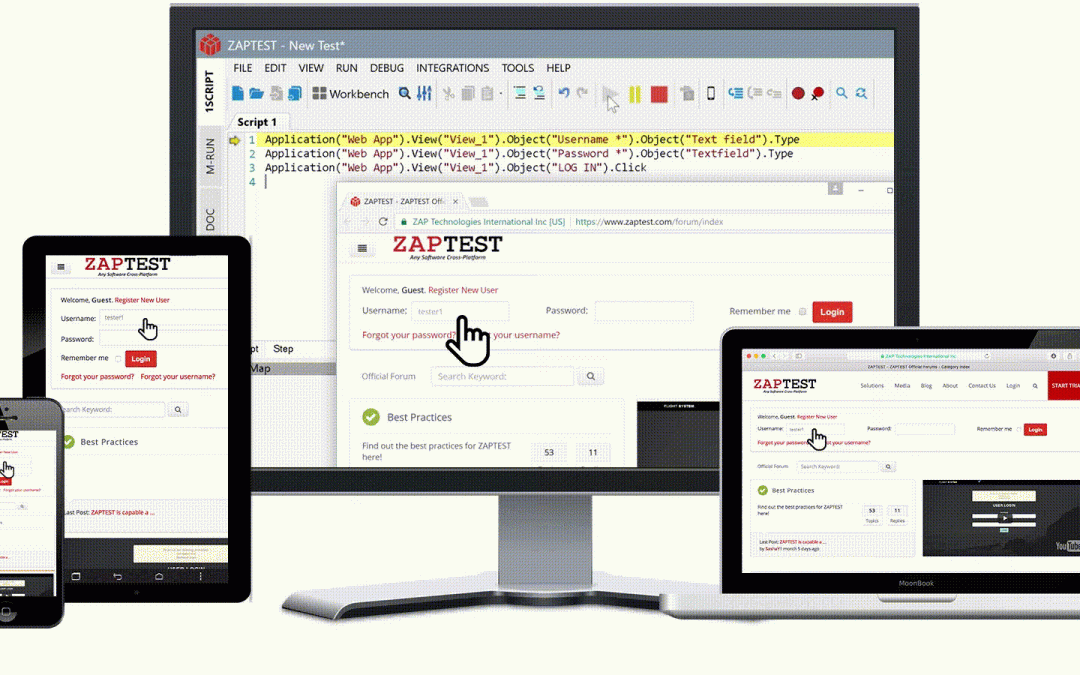
Compatibility Testing – What is it, Types, Process, Characteristics, Tools & More!
Compatibility testing is an integral component of many quality assurance strategies, allowing companies to see if their software performs correctly across different platforms. Even for a desktop-exclusive program, there are several major operating systems to account for and hundreds - if not thousands - of hardware differences that could affect stability....

Alpha Testing – What is It, Types, Process, vs. Beta tests, Tools & More!
Alpha testing is one of many software testing types that companies and independent developers can use when examining their code. The effectiveness of your alpha testing strategy can be a significant factor in a program’s success – making it important that you know exactly how it works alongside the benefits it often provides. This is the only way to...

Beta Testing – What it is, Types, Processes, Approaches, Tools, vs. Alpha testing & More!
Beta testing is one of the most popular forms of testing due to its ability to collect genuine user feedback – this helps companies (and independent developers) significantly improve their code. An organization’s beta testing strategy could even be a major factor in its ability to deliver working software programs. This means it’s critical that you and...

Mobile App Testing – What it is, Types, Processes, Approaches, Tools & More!
In recent years, mobile phones have taken a prominent role in modern society, becoming the most commonly accessed devices on the market. This major transition means that companies are putting more time and attention into creating mobile applications for a range of tasks, from helping people to get fit to supporting workflows in an industrial facility. Each...
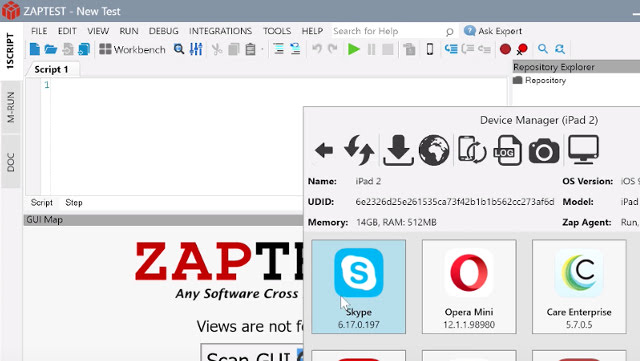
White Box Testing: What it is, How it works, Challenges, Metrics, Tools & More!
White box is a category of software testing that refers to testing methods of how the software’s internal structure and design work. It contrasts with black box testing, which is testing that doesn’t concern itself with the internal operations of software but instead only tests the external outputs of the software. In this article, we’ll explore the...

Ad-Hoc Testing – What is It, Types, Process, Approaches, Tools & More!
Ad-hoc testing is a type of software testing that developers and software companies implement when checking the software’s current iteration. This form of testing gives a greater level of insight into the program, locating issues that conventional testing might be unable to highlight. It’s paramount that testing teams have a complete understanding...
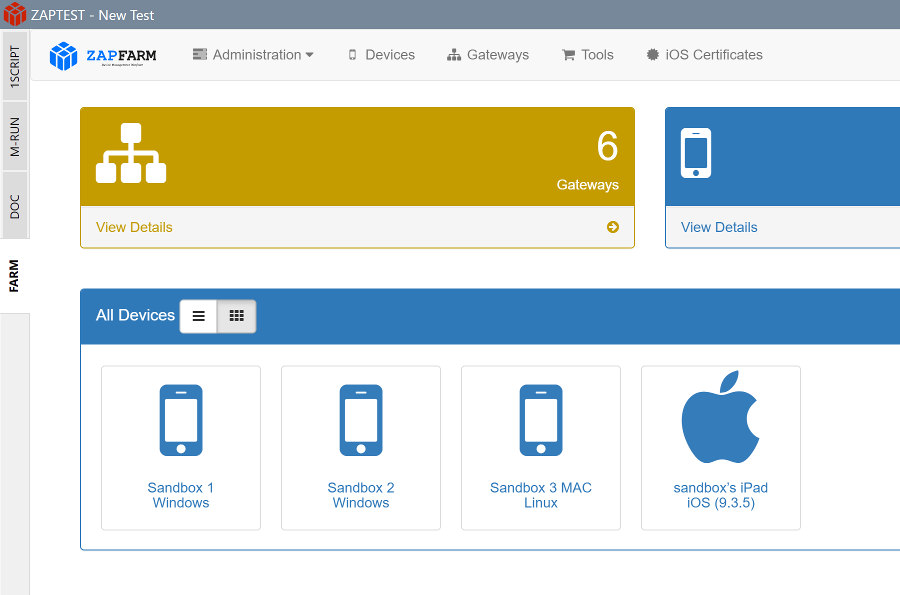
Manual Testing – What is it, Types, Processes, Approaches, Tools, & More!
Whether you’re coding software for members of your own company or a wide client base, having the correct testing practices and frameworks in place, whether manual, automation, or hybrid, leads to consistent software quality, enhanced reputation, and efficiency. Depending on the company you work for, a lot of testing comes in the form of manual testing....

Black Box Testing – What is It, Types, Process, Approaches, Tools, & More!
Software testing is an incredibly complex and intensive field, with companies and independent developers all looking to improve their products with a range of testing methods. One of the most common methods that companies use to test is black box testing, a technique that creates distance between developers and testers to provide accurate results and...
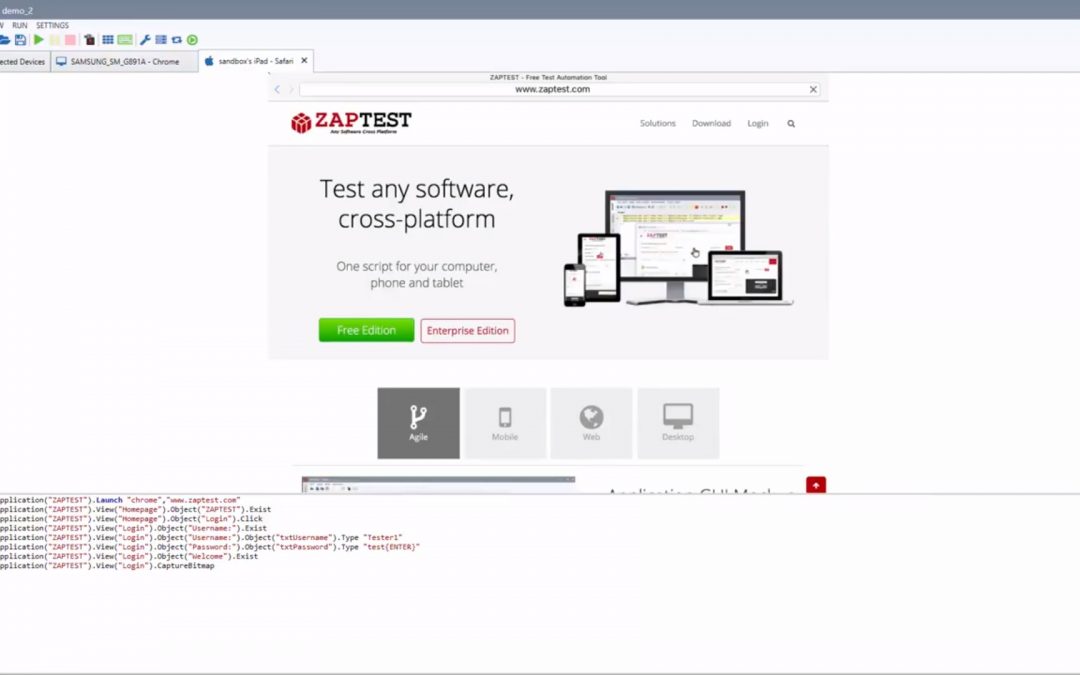
Non-functional Testing: What is it, Types, Approaches, Tools & More!
Non-functional testing refers to software testing that is carried out to test the non-functional aspects of a software application. There are lots of different types of non-functional testing, and some types of software testing can be considered both functional testing and non-functional at the same time. Non-functional testing is necessary because it...
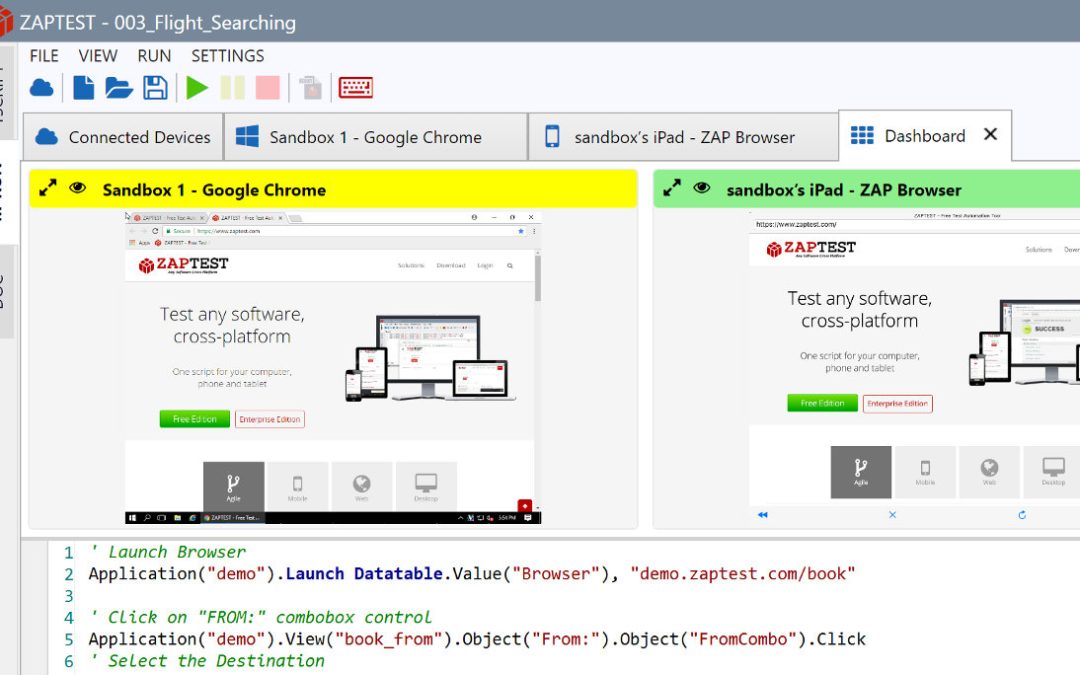
Mutation Testing – Types, Processes, Analysis, Characteristics, Tools & More!
Mutation testing, or program mutation, is a white-box testing technique that helps companies develop a range of new software checks while also auditing a project’s current processes. This is a relatively new approach, one that ensures both developers and testers are working to a high standard. An application is only as successful or as good as its own...
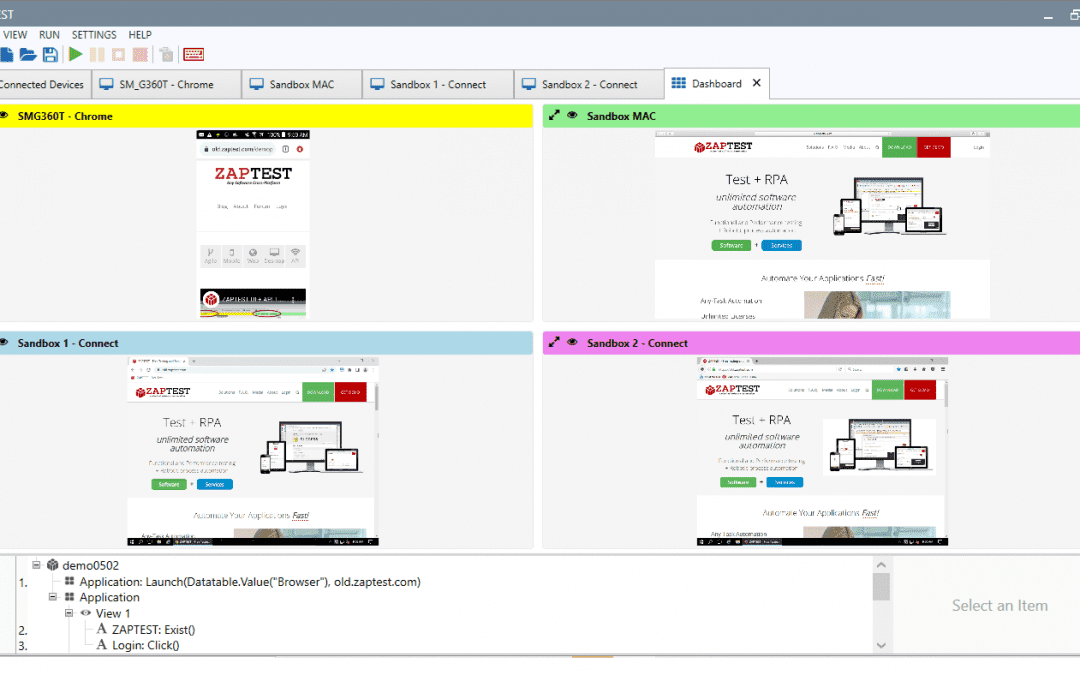
Grey Box Testing – Deep Dive into What is It, Types, Process, Approaches, Tools & More!
When you’re working in software testing, there are dozens of different testing methods to consider. Software testing helps developers eliminate any flaws that might exist in a software package so they can ship a product that meets the needs and expectations of all stakeholders. Using the right testing solution provides you with all the knowledge you...

Web Application Testing – A Deep Dive into Web App Testing, Types, Processes, Automation, Tools & More!
Web application testing is the process of testing a browser-based program for any glitches and problems, which the application’s developers are then able to fix. This improves the program’s overall quality and could provide a range of other benefits on top of this. A quality assurance team’s web application testing strategy might be a significant...
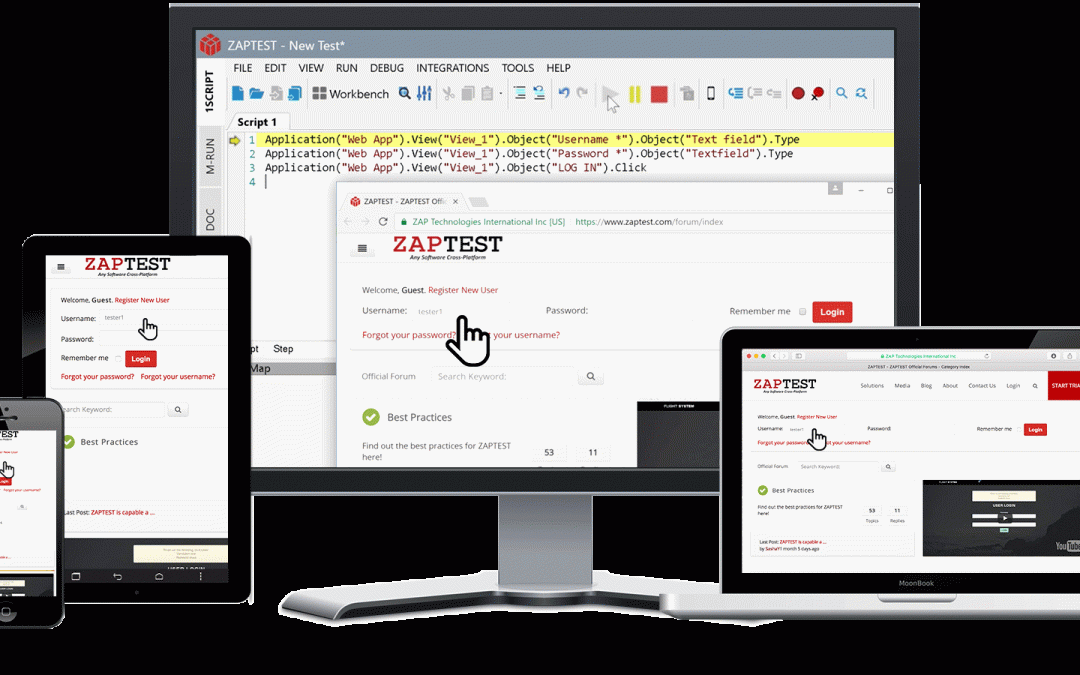
UAT Testing – A Deep Dive into User Acceptance meaning, Types, Processes, Approaches, Tools & More!
During the development process, ensuring that the software works as expected before its release is critical. To do so, you need to go through extremely thorough testing processes throughout the entire development period, including making sure that your product is suitable for the user. It is where User Acceptance Testing (UAT) comes into place. Find out...
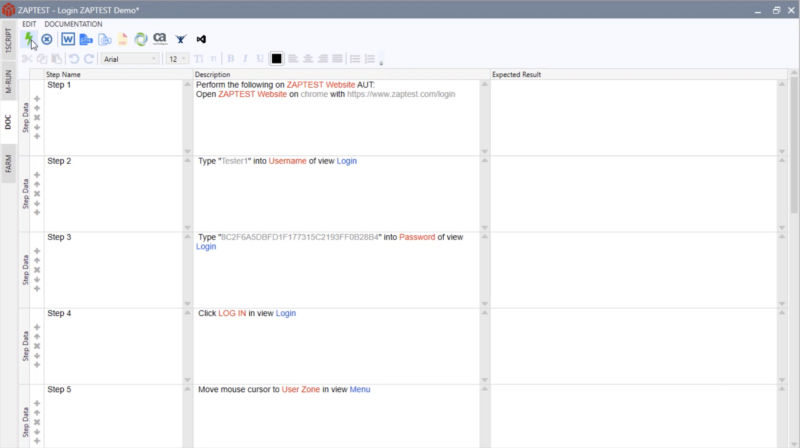
What is System Testing? A Deep Dive into Approaches, Types, Tools, Tips & Tricks, and More!
System testing is a type of software testing that performs checks on the system as a whole. It involves integrating all the individual modules and components of the software you developed, to test whether the system works together as expected. System testing is an essential software testing step that will further enable testing teams to verify the...

Exploratory Testing – A Deep dive into Types, Processes, Approaches, Tools, Frameworks & More!
Exploratory testing is a specific type of software testing that has many benefits for an application, allowing it to reach its full potential. The way a team integrates exploratory testing into their routine checks could even determine how well the software functions, especially as this approaches the testing procedures in new and unexpected ways. This...
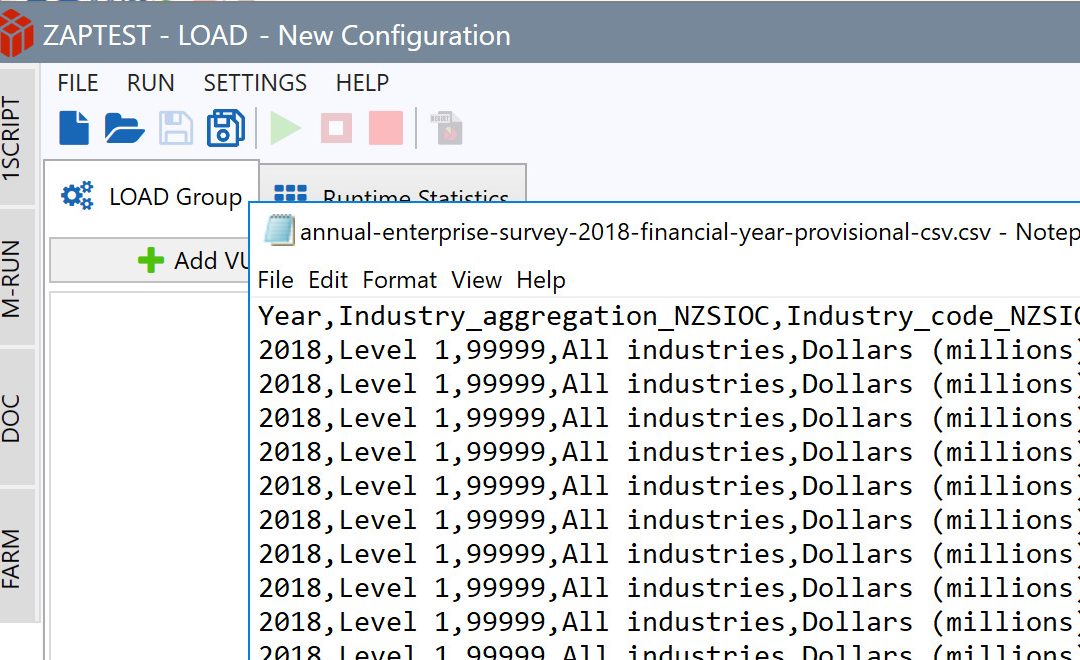
End to End Testing – Deep Dive into E2E Test Types, Process, Approaches, Tools, & More!
As software developers, one of the most important parts of our work is testing. There are dozens of testing formats in use, with testers examining every line of code to ship the perfect product. End-to-end testing is the ultimate test for a piece of code, assessing the program from the perspective of the user and looking for potential errors that could...
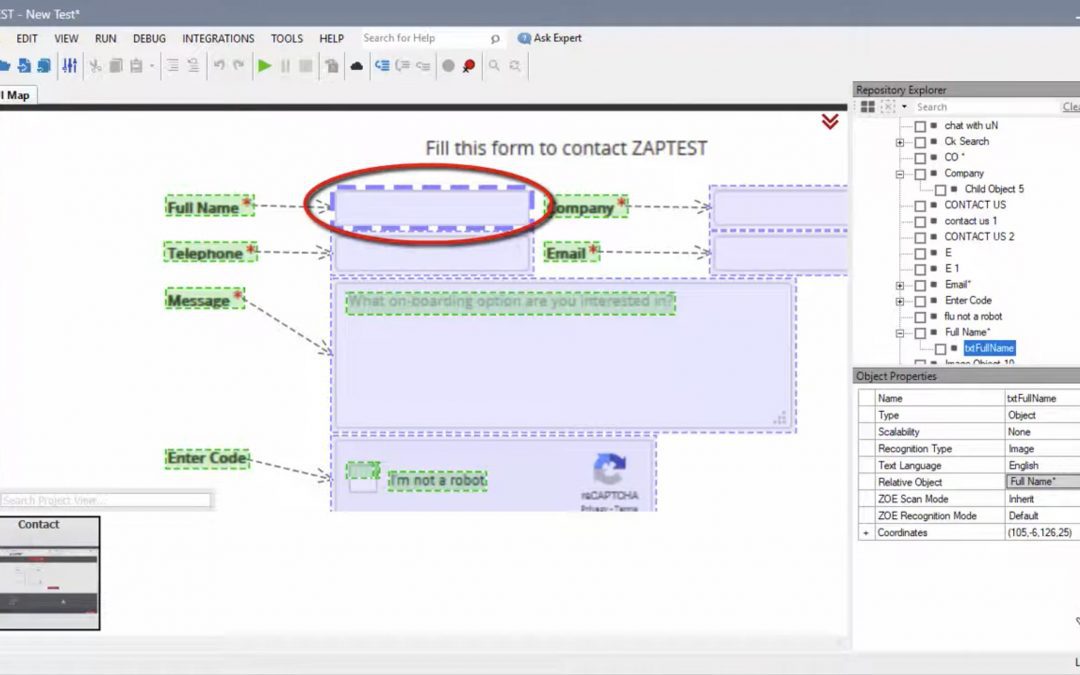
Backend Testing – Deep Dive into What Is It, its Types, Processes, Approaches, Tools & More!
Backend testing is a particularly important branch of software testing with plenty to offer any developer – your approach to this method may determine the overall success of your application. This is also known as database testing and helps you avoid serious complications that could otherwise damage your software. Backend testing has various benefits and...
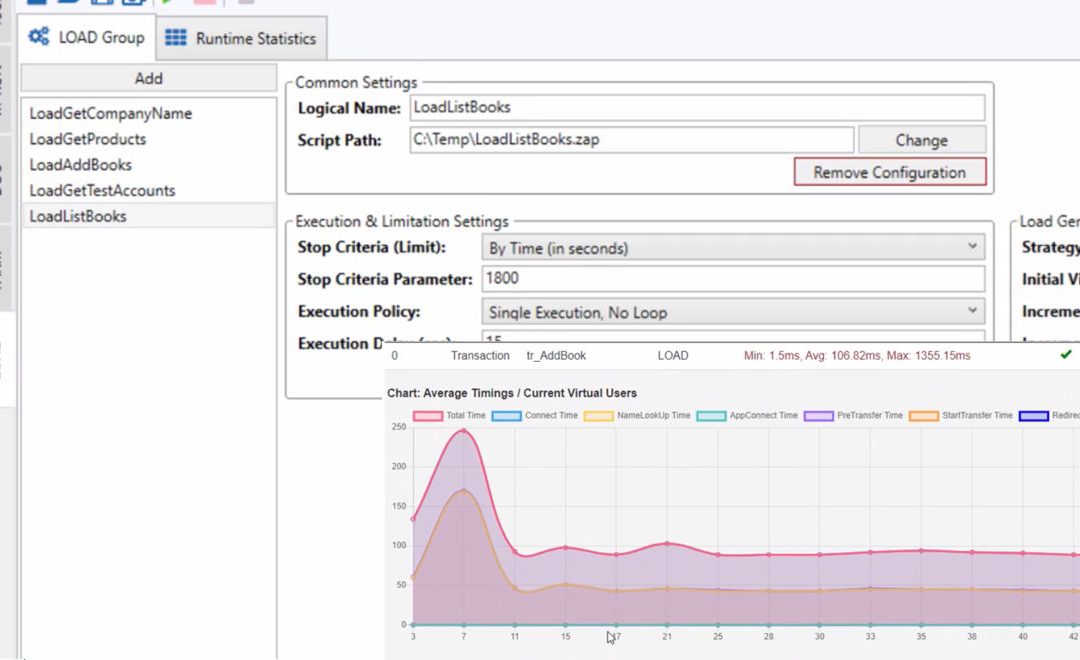
Smoke Testing – Deep Dive into Types, Process, Smoke Test Software Tools & More!
Smoke testing is a process that’s used to test software to determine whether or not the deployed software build is stable. When you smoke test software, you run a series of tests designed to assess each of the software’s core functionalities. Smoke testing tools verify that the most important features of the software are working. There are multiple...
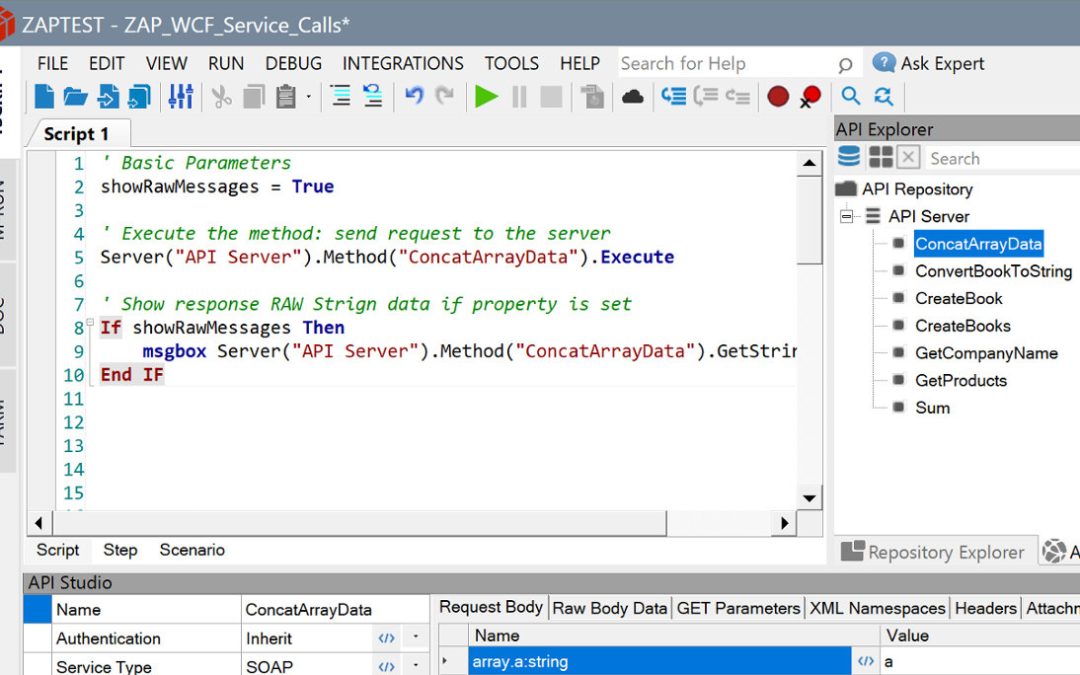
What is API Testing? Deep Dive into API Test Automation, Process, Approaches, Tools, Frameworks & More!
What is an API? API stands for application programming interface and is a set of definitions, protocols and rules that developers use when building application software and integrating it into pre-existing systems and platforms. These systems work by simplifying the requests that each piece of software in a system makes, with a set response occurring if a...
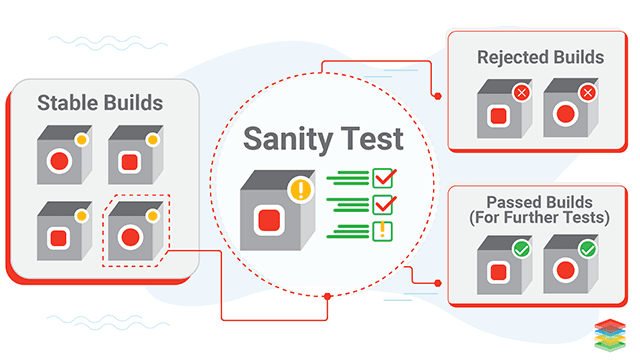
What is Sanity Testing? Deep Dive into Types, Process, Approaches, Tools, & More!
Sanity testing is a kind of software testing that occurs when a new software build is developed or when minor changes in code or functionality are made to an existing build. In this article, we’re going to deep dive into the sanity testing definition and details, exploring what sanity testing is, how sanity testing can be approached, and what tools can...

What is UI Software testing? Deep dive into the Types, Process, Tools & Implementation
User interface testing is more important than ever before thanks to a global uptake in websites and applications, and the trend of hyperautomation (coined by Gartner to state that everything that can be automated will be automated). If you’re rolling out a new piece of software or web page, it is crucial that you get the user interface (UI) right to...

What is integration testing? Deep dive into the Types, Process & Implementation
Integration testing is an essential aspect of software testing that is designed to assess how efficiently different applications integrate together. Most contemporary businesses rely on multiple different software modules every day, and integration allows these applications to work together to improve efficiency and streamline workflows. Integration...

What is performance testing? Deep dive into the types, practices, tools, challenges and More!
In this article, we will be examining what performance testing is alongside the many types and performance testing tools available, the challenges and benefits involved with performance testing, and much more. This comprehensive guide will also include an analysis of automated performance testing which is becoming more common as technology advances even...

Test Data Management (TDM) in Software Testing – Definition, History, Tools, Processes & More!
The software development cycle is filled with challenges, as organizations are faced with not only decreased time-to-market but also increased application complexity. To ensure applications remain stable and functional, from initial development through product launch and beyond, organizations need to employ a variety of testing types. Of course, as...

Setting up a Testing Center of Excellence (TCoE) – The Ins & Outs of Building an Agile Organization
As innovation continues to push the boundaries of what is possible when developing software, utilizing testing as a centralized service is becoming increasingly popular. Organizations have a vested interest in discovering successful ways to send testers across several teams; the goal is to do this not at the expense of giving up excellent practices and...

What is Unit Testing? Deep dive into the Process, Benefits, Challenges, Tools & More!
You may have heard project managers, quality assurance, and developers arguing over the merits of unit testing and whether your team needs it. If that decision is yours to make, it helps to have the facts so that you can make the best decision for our project. Like most things in the software industry, there are benefits and drawbacks to unit testing....

What Is Test Automation? A No Jargon, Simple Guide
There are two main categories of software testing: Manual and Automated. Manual testing is time-consuming, labor-intensive, and with complex software, it can also become costly when you use it exclusively. Automated testing streamlines processes, reduces the time it takes to test, and eliminates inefficiencies like software developers spending tedious...
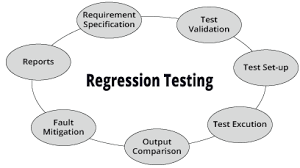
What Is Regression Testing? Implementation, Tools & Complete Guide
The software development process necessitates a significant amount of give and take. Changing, modifying, or adding features to an application can result in the failure or reduced functionality of other aspects of the software that had worked previously. To ensure development continues to move forward - that for every step backward, the process takes at...

What Is Load Testing? Deep Dive Into the Types, Practices, Tools, Challenges & More
The software development process requires extensive ongoing testing, primarily agile testing, to help ensure efficient, predictable performance. However, agile testing has limitations regarding the end-user experience in a multi-user system. Once a software project nears completion, companies must turn to a different type of testing, known as load testing,...
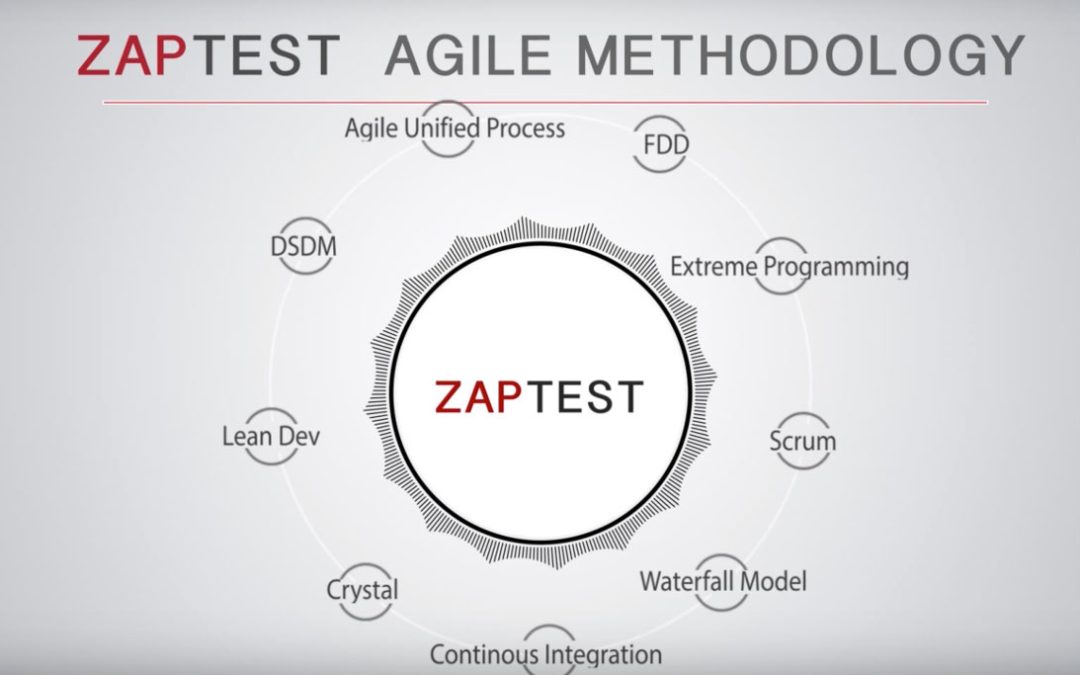
What Is Agile Testing? Process, Life Cycle, Methods & Implementation
When it comes to agile software development, testing is critical to ensuring the software is ready for production. But what is agile methodology in testing? The agile testing methodology vs. the waterfall methodology has substantial conceptual differences. Learning how the agile testing life cycle works, methods, agile software testing tools, and how to...

Computer Vision Is the Future of Software Testing Automation – A History of Past, Present, and Future
Technology is ever-evolving and linked to everything we do in our personal and professional lives. From smartphones to state-of-the-art computer interfaces, technology marks the foundation of our society and a beacon of continued growth. Computer vision is at the forefront of that world and poised to change the way we do business. Embracing computer vision...

What Is Functional Testing? Types, Examples, Checklist & Implementation
Functional software testing is an essential part of any software testing procedure. Doing it correctly the first time can eliminate costly and time-consuming repairs later and help keep customers happy. Being able to automate portions of functional testing with products like ZAPTEST makes the process even more painless. We’ll explain the functional testing...

Software Testing Automation – History, Applications, Types, Benefits, Challenges, Tools & More!
When looking to test software, you can choose between manual and automated software testing. Manual testing requires plenty of time and tedious work, which can prove discouraging to software developers. One way to overcome these issues is through software testing automation. Automated software testing has become an integral part of many business...

A Complete Guide to Robotic Process Automation (RPA)
The fourth industrial revolution represents the current period of a drastic increase in technology and an interconnected world. Therefore, understanding where specific technologies are now and where they could be in a few years is essential since advancements in technology will likely never end. In particular, Robotic Process Automation’s relevance...

Hyperautomation – A Complete Guide
We partner with Gartner to bring you the latest cutting-edge research. Many business models already leverage technology to expedite and streamline various processes, so why haven’t more companies taken things a step further. Digital technology has made impressive strides over the past decade and continues to advance at an astonishing rate, opening the door...
